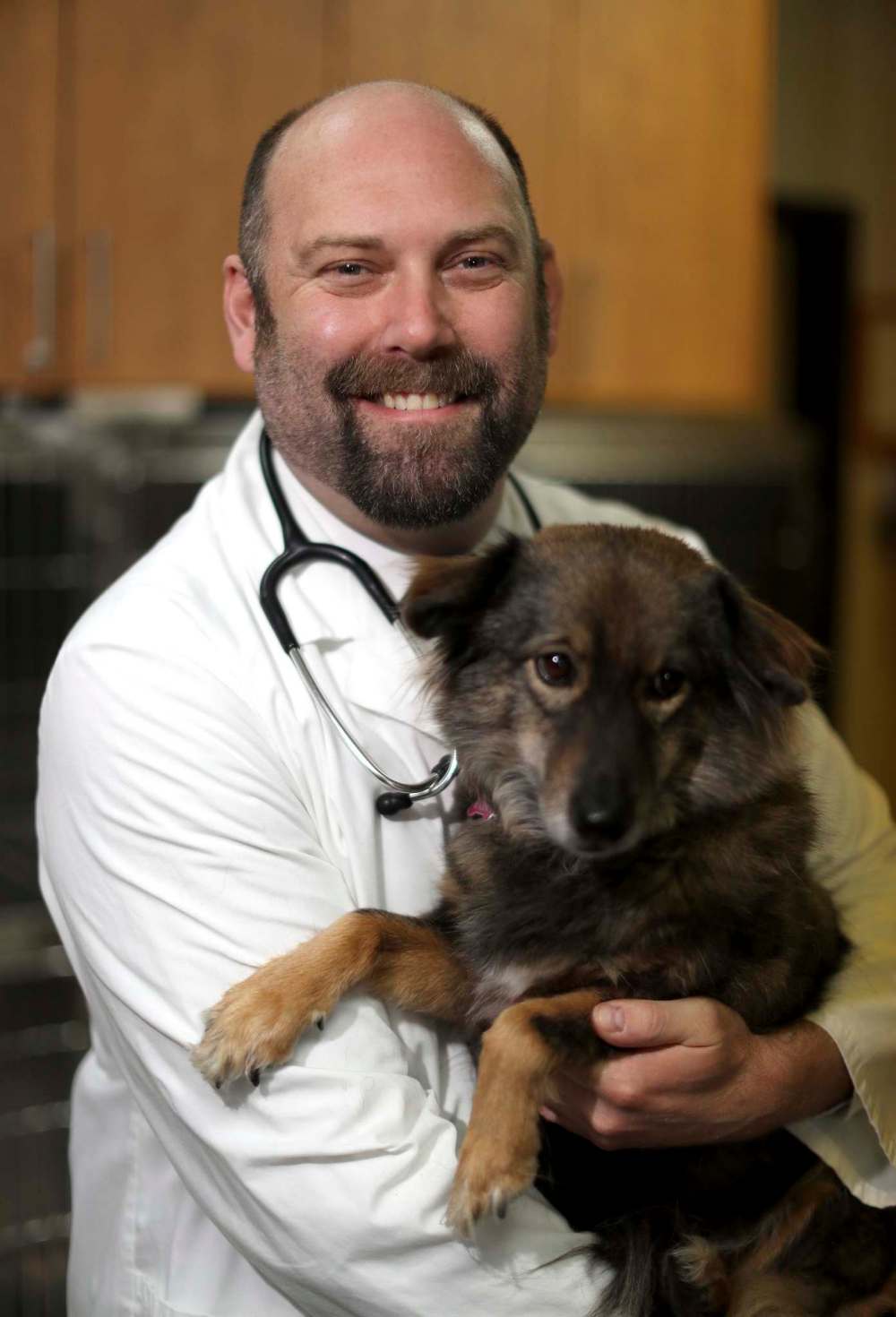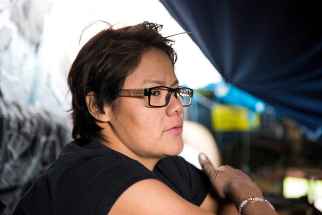When dogs go wild, people must act
Read this article for free:
or
Already have an account? Log in here »
To continue reading, please subscribe:
Monthly Digital Subscription
$0 for the first 4 weeks*
- Enjoy unlimited reading on winnipegfreepress.com
- Read the E-Edition, our digital replica newspaper
- Access News Break, our award-winning app
- Play interactive puzzles
*No charge for 4 weeks then price increases to the regular rate of $19.00 plus GST every four weeks. Offer available to new and qualified returning subscribers only. Cancel any time.
Monthly Digital Subscription
$4.75/week*
- Enjoy unlimited reading on winnipegfreepress.com
- Read the E-Edition, our digital replica newspaper
- Access News Break, our award-winning app
- Play interactive puzzles
*Billed as $19 plus GST every four weeks. Cancel any time.
To continue reading, please subscribe:
Add Free Press access to your Brandon Sun subscription for only an additional
$1 for the first 4 weeks*
*Your next subscription payment will increase by $1.00 and you will be charged $16.99 plus GST for four weeks. After four weeks, your payment will increase to $23.99 plus GST every four weeks.
Read unlimited articles for free today:
or
Already have an account? Log in here »
Hey there, time traveller!
This article was published 03/10/2019 (2263 days ago), so information in it may no longer be current.
Imagine if a pack of stray dogs made its home in Assiniboine Park and fatally mauled a young child. The sounds and fury reacting to such a grisly attack would be deafening. Politicians and residents would trip over themselves expressing outrage — and concrete action would be taken.
Tragically, it’s a different story in northern Manitoba, where fatal attacks by packs of stray dogs occur with alarming frequency.
In the latest incident, on Sept. 23, a two-year-old boy was attacked and killed by a pack of dogs after he wandered away from his home at God’s Lake First Nation, about 1,000 kilometres northeast of Winnipeg. Officers investigating the incident were reportedly forced to shoot several dogs returning to the area.

The tragedy is compounded by the fact it is far from the first time such a fatality has occurred in a remote First Nation, many of which have long been plagued by packs of stray dogs roaming freely.
In 2017, a 24-year-old woman on a nighttime walk was attacked and killed by a large pack of stray dogs in Little Grand Rapids, a fly-in settlement 300 kilometres northeast of Winnipeg.
In 2006, a two-year-old boy from Manitoba’s Hollow Water First Nation died after he was mauled by two dogs. The child had wandered away from his home in the community, about 190 kilometres north of Winnipeg.
A toddler on the northern Manitoba reserve of Nelson House died after being attacked by his grandmother’s four German shepherd crossbreeds in 2003. On the northern First Nation of Cross Lake, eight-year-old Kelson Frogg was mauled to death by a pack of stray dogs in 1998.
It should go without saying that if fatal dog attacks would not be tolerated in southern Manitoba, they are equally unacceptable in the north. And yet the problem continues, with disappointingly little in the way of public outrage.
The affected communities sometimes organize culls to reduce the population of feral dogs, and the Winnipeg Humane Society, various animal-rescue organizations and volunteer veterinarians have organized spay/neuter clinics to address the overpopulation of strays.
But the string of deaths makes it clear that volunteer-driven efforts, while noble, are not enough to deal with a problem that literally puts northern residents at risk when they leave their homes to go for a walk.
In the wake of the toddler’s death in God’s Lake, local veterinarians and rescue groups are demanding changes.

Dr. Jonas Watson, a vet at Tuxedo Animal Hospital who has volunteered in the north, has said it’s time for politicians to treat the issue as a public health and public safety problem instead of laying blame on remote communities.
“Frankly, I’m surprised we don’t hear of more stories like this in light of the fact this is such a prevalent problem across dozens… of First Nations communities across the province,” Dr. Watson told local radio station CJOB. “We have to look at ourselves and say are we happy with the status quo — and we ought not to be — or are we going to do something meaningful about this?”
Dr. Watson is right — provincial and federal politicians need to sit down with band councils and develop a comprehensive and permanent solution to an ongoing crisis. Culls may be needed on occasion, but certainly government-funded spay/neuter clinics are a critical piece of the puzzle. A ban on bringing “unfixed” animals to reserves also has merit.
In some cases, such as hazardous intersections, it may seem trite to ask how many people have to die before action is taken. In this case, it’s the only question worth asking.










